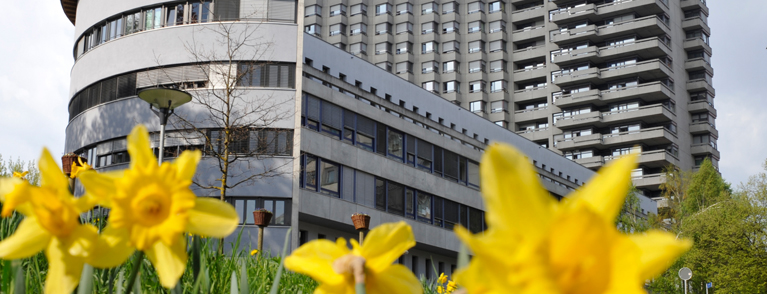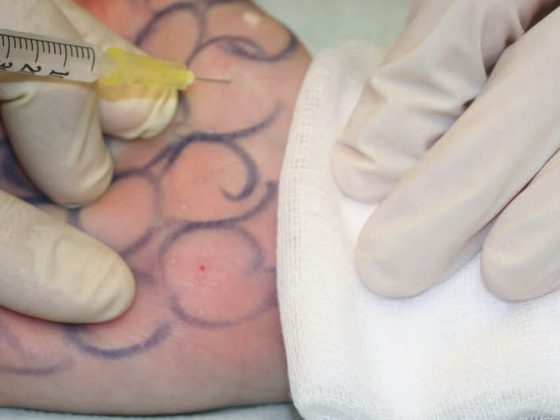The new center for cardiovascular patients at the Inselspital Bern is expected to be operational in 2020. Speakers from the relevant medical departments as well as decision-makers from the business community explained the changes, benefits and goals associated with this on March 5, 2013.
In his introductory speech, Prof. Dr. med. Andreas Tobler, medical director at Inselspital Bern, outlined the improved conditions that will accompany the planned new building. These include shorter distances, simplified and improved interdisciplinary cooperation in patient treatment, as well as cost savings and efficiency gains. This is a concrete construction project that is necessary as part of the implementation of the master plan in order to be able to secure the growing requirements for the effective treatment of cardiovascular diseases in the future. Prof. Tobler emphasized two aspects: on the one hand, that the construction will be carried out independently of the decision on the cantonal relocation of heart transplantations as highly specialized medicine and, on the other hand, that the new SHGZ building will be financed entirely by self-management.
Why is the SHGZ needed?
In his presentation, Prof. Dr. med. Paul Mohacsi, project manager of the SHGZ, cited the forecast increase in cardiovascular diseases and the number of patients requiring treatment by 20% over the next ten years as the reason for the new building. With the emphasis and centralization of interdisciplinary collaboration, the SHGZ is to be understood as a clear “team effort” by the specialties of cardiovascular surgery, cardiology and angiology, he said. What also sets the SHGZ apart is the integration of research and teaching.
The need to establish the SHGZ as a pivotal point between science and education was also supported by Prof. Thierry Carrel, MD, Director of the University Hospital for Cardiovascular Diseases. The repositioning, he said, is important to make Bern more attractive to young residents and thus meet the growing demand for a synthesis of traditional and new treatment methods, especially for older patients. The SHGZ contributes significantly to the achievement of this goal by ensuring high quality standards in the areas of research performance, innovation, continuing education, and excellence.
The economic significance of the new building
Government Councillor Andreas Rickenbacher, Director of Economic Affairs for the Canton of Bern, explained the economic implications of the new building. The SHGZ promotes the financial independence of the Bern site. With regard to funding, Rickenbacher also cited the following quote from the German surgeon Konrad Langenbeck: “People can be divided into two groups; those who operate and those who are operated on.” On the part of politicians, this dichotomy between active and passive players would often be applied to Switzerland’s financial situation, with Bern falling into the passive category. With the self-financing of the SHGZ, however, Inselspital is demonstrating entrepreneurial initiative and assuming important financial responsibility. Accordingly, Inselspital Bern is operating in the present and building the SHGZ for the future.
Demet Bicer
Source: Media conference Inselspital,University Hospital Bern, March 5, 2013.











